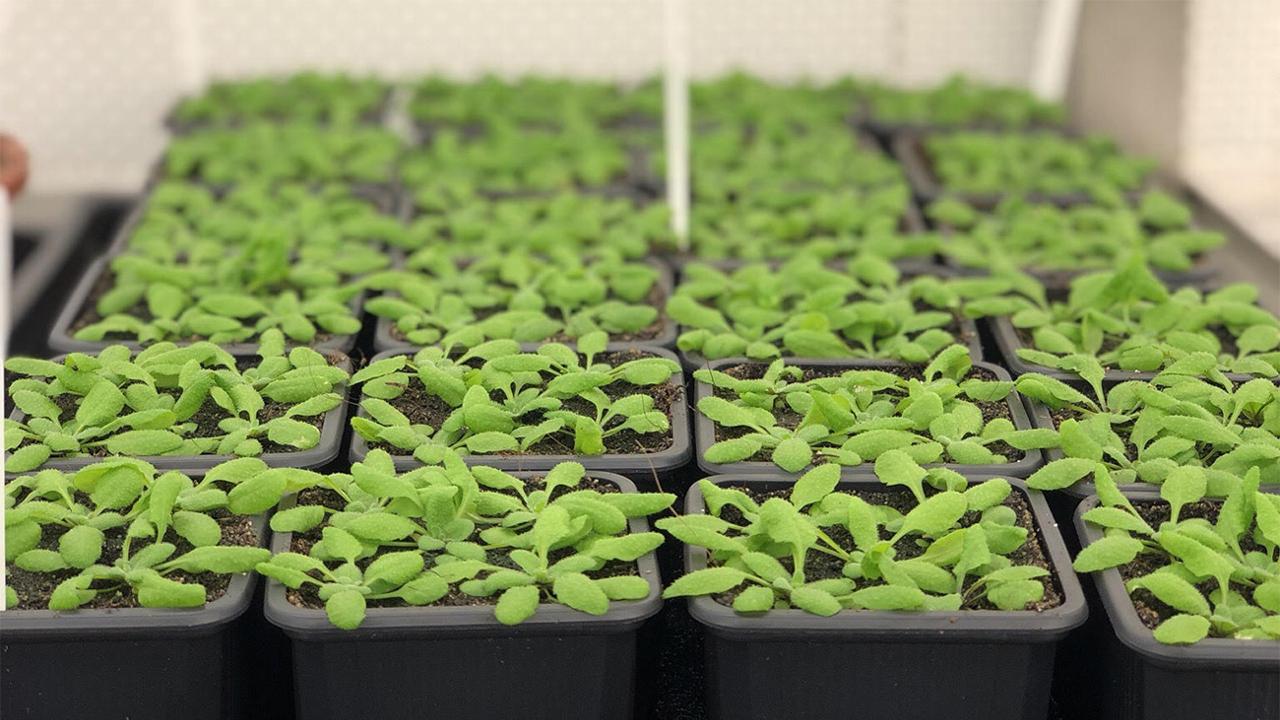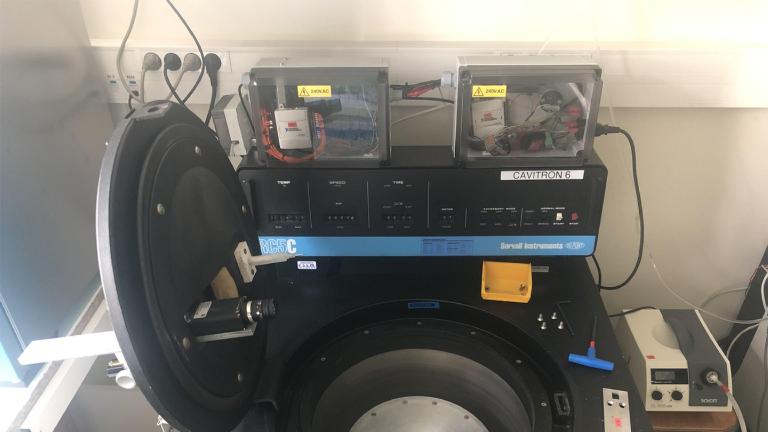
The beauty and mystery of plants have fascinated me since I was a child. I have always wondered how plants invent specific adaptations to survive in their environment. Throughout my education, I focused on studying plant anatomy. In my current PhD project, I am linking key anatomical traits in stems of Arabidopsis and tomato to find out which characters explain best the differences in drought-induced vascular failure. Have successfully defended my PhD in November 2023.
Keywords
Plant hydraulic failure, drought-induced embolism resistance, stem anatomy
Researchinterest
Several herbaceous lineages which are distributed on islands or continental areas have developed into (derived) woody species. Although this phenomenon has been described in the literature, we do not understand why plants became woody during evolutionary history.
My research goal is to understand the drought response of the herbaceous species Arabidopsis and tomato, using a combination of ecophysiological traits and anatomical observations in stems and leaves. The main conclusion of my PhD is that increased lignification in the stems of herbaceous plants positively impacts the drought tolerance of the entire individual.

